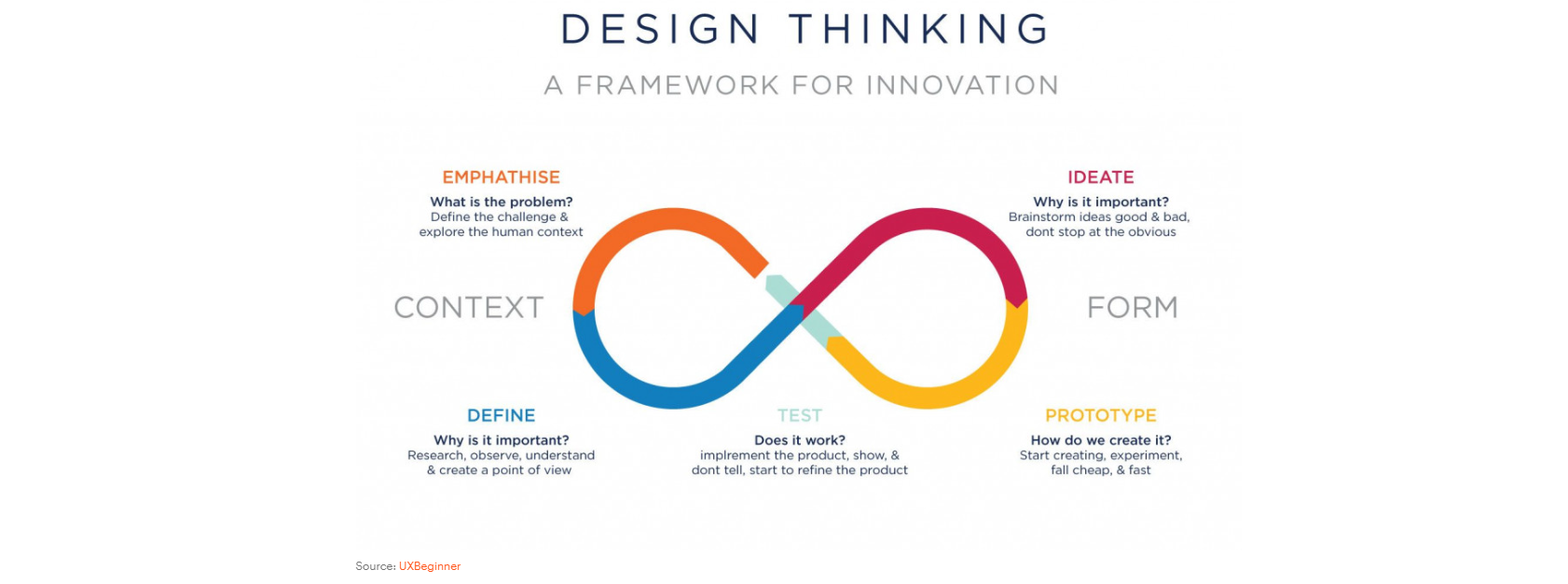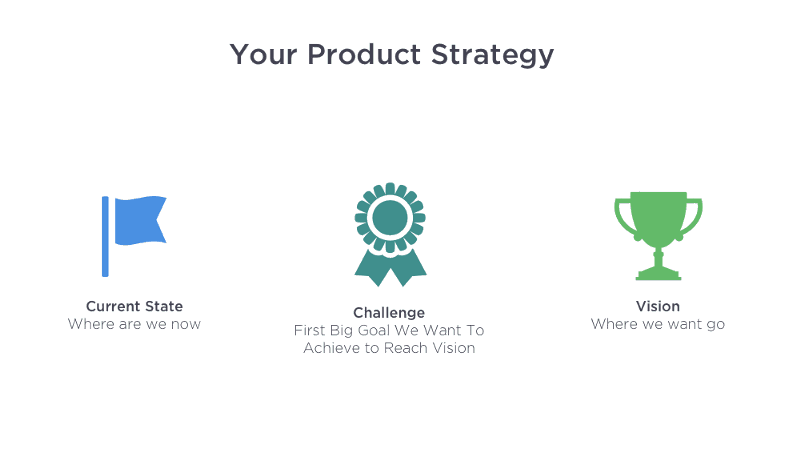Product Design Process for Renewable Energy Solutions: A Comprehensive Guide
As the definition of 'product' expands to include digital entities like apps and websites, the greentech and renewables industry faces a paradigm shift in product development. This evolution emphasizes the importance of design as a fundamental element, transcending traditional aesthetics to become a key competitive differentiator. This article navigates the complexities of integrating technology in product design within the greentech sector. It aims to shed light on the vital principles and methodologies that drive the development of innovative and sustainable products. From initial research and ideation to the essential phases of testing and validation, we explore how technological advancements are reshaping product design process, aligning with the needs of a rapidly evolving greentech landscape.

Table of content
Table of Contents
We’re on board to help with your product. Don’t hesitate to get in touch.
Contact Us Let’sTalk
As the definition of ‘product’ expands to include digital entities like apps and websites, the greentech and renewables industry faces a paradigm shift in product development. This evolution emphasizes the importance of design as a fundamental element, transcending traditional aesthetics to become a key competitive differentiator. This article navigates the complexities of integrating technology in product design within the greentech sector. It aims to shed light on the vital principles and methodologies that drive the development of innovative and sustainable products. From initial research and ideation to the essential phases of testing and validation, we explore how technological advancements are reshaping product design process, aligning with the needs of a rapidly evolving greentech landscape.
What Is the Purpose of a Product Design Process in Renewable Energy Industry?
At its core, the product design process is a structured, step-by-step guide crucial for creating both tangible and digital products. Its primary purpose is to ensure the development of solutions that not only meet customer needs but are also commercially viable and sustainable. This process, while adaptable to specific industry requirements and product types, generally encompasses the following critical stages:
- Research – Understanding Customer and Market Dynamics:
- Assessing Needs: Delve into the specific needs and challenges faced by your target customers.
- Competitive Analysis: Evaluate the market landscape to identify competitors and benchmark against best practices.
- Definition – Crafting the Product Identity:
- Conceptualizing the Product/Service: Clearly articulate what the product or service is, its functions, and its unique value proposition.
- Strategic Planning: Determine how the product will be executed, considering whether it will be a physical good or a software solution.
- Building – The Development Phase:
- Implementation Strategies: Outline the production process for manufacturing physical goods or the development cycle for software products.
- Resource Allocation: Plan the necessary resources, including materials, technology, and manpower, required for efficient product development.
- Testing – Ensuring Product Efficacy and Market Fit:
- Piloting the Product: Conduct trials to test the product’s performance and usability.
- Feedback and Iteration: Gather feedback to make necessary adjustments, ensuring the product meets market demands and quality standards.
Each of these stages plays a pivotal role in the greentech product design process, aligning with the industry’s focus on technological advancement and environmental sustainability. This structured approach ensures that products not only meet customer expectations but also contribute to a greener, more sustainable future.

Why is a Good Process Important for Green Energy Product Development?
The process that you use to create your product will have a significant impact on the speed of the design process, the quality of the product, and your ability to meet customer expectations. If you have a poor process, it’s likely to be costly and time-consuming.
There are three reasons why a good process is important:
- Efficiency and Acceleration:
- Operational Efficiency: A refined design process eradicates inefficiencies, enabling a swift and smooth transition from concept to reality. This is essential in greentech, where market responsiveness can define technological leadership.
- Speed of Execution: Accelerating the design process without compromising on quality is critical in an industry where technological advancements rapidly evolve.
- Precision in Product Functionality:
- Targeted Development: Ensuring that each product precisely serves its intended purpose is vital. In greentech, products often have specific environmental goals; a well-orchestrated process ensures these objectives are met.
- Functionality Alignment: The process guarantees that every development phase contributes to creating a product that not only functions optimally but also aligns with environmental sustainability goals.
- Early Detection and Resolution of Design Challenges:
- Proactive Problem-Solving: An effective process allows for early identification of potential issues, enabling timely and cost-effective solutions. This is particularly crucial in greentech, where complexities and innovative technologies present unique challenges.
- Minimizing Resource Waste: Early problem identification prevents resource wastage, aligning with the greentech industry’s ethos of sustainability and efficiency.
Research Phase: Understanding the Renewable Energy Market and Customer Needs
The research phase is where you gather information about your product and your customer. You should start this process as early as possible, as it will inform most other aspects of the product design process. R&D (research and development) are terms that are commonly used in manufacturing, but for a product designer, the research phase is just as important.
- It’s important to remember that you are not designing yet; you are designing the product design process itself. That means that you will need to include everything from defining your problem statement and customer journey, to outlining your research strategy.
- The research phase of the product design process will typically include:
– Customer research
– What are the needs and problems of your customer? Are there any competitors? - Product/service definition
– What is your product/service? What will it do? How will it do it? - Competitor analysis
– Are there any similar products on the market? What can you learn from them?
Define Phase: Establishing Objectives for Digital Tools in Green Energy Sector
In the ‘Define’ phase of product design, especially for digital products, it’s essential to establish clear and actionable objectives. This stage is about articulating the problem and envisaging the desired outcomes:
- Crafting the Problem Statement:
- Identify the Core Issue: Clearly articulate the issue your digital product intends to solve. This should be a concise statement pinpointing the specific challenge.
- Example: “There is a lack of user-friendly interfaces in current software for managing complex data.”
- Formulating the Need Statement:
- Envisioning the Outcome: Define what success looks like. The need statement should describe the ideal result your product aims to achieve.
- Example: “The product will provide an intuitive interface for simplified data management, enhancing user efficiency.”
- Transitioning to Solution Definition:
- Solution-Oriented Approach: With a clear understanding of the problem and need, focus shifts to conceptualizing the solution. This involves brainstorming potential features and functionalities that address the identified issue.
- Iterative Process: Recognize that the product design process is dynamic. You’ll often revisit and refine these statements as you progress through subsequent phases, integrating feedback and new insights.

Build Phase: Designing Digital Solutions for the Renewable Energy Industry
The ‘Build’ phase is a pivotal stage in the product design process, where the focus shifts from planning to actual development. This phase is characterized by several essential steps:
- Product/Service Specification Definition:
- Clarifying Functionality: Detail the functionalities and capabilities of the digital product. This involves outlining the specific features and the user experience objectives.
- Technical Planning: For software products, select suitable programming languages and frameworks that best align with the desired functionalities.
- Designing the Product:
- Blending Creativity with Technology: This step merges the creative aspects of design with the technical requirements. It encompasses the aesthetic and interactive elements of the digital tool.
- Technology Selection: Choose the appropriate development frameworks and technologies that facilitate the envisioned design and functionality.
- Optimizing for Efficiency:
- Enhancing Operational Performance: Focus on designing digital tools that improve efficiency and streamline operations.
- Innovative Solutions: Aim to create solutions that simplify complex processes and enhance user engagement.
- Incorporating Case Studies:
- Gleaning Insights from Real-World Examples: Employ case studies to understand how similar digital products have improved efficiency and user experience.
- Applying Lessons Learned: Use these insights to inform the design process, ensuring the product is both innovative and user-centric.
Throughout the ‘Build’ phase, it is crucial to maintain a synergy between innovative design and practical application. The objective is to develop digital products that not only leverage advanced technology but also provide meaningful solutions to streamline operations and improve user experiences.
Test Phase: Validating Performance and Usability of Digital Tools for Renewable Energy
The ‘Test’ phase is a critical component of the product design process, where the product is evaluated in real-world scenarios to ensure it meets user needs and industry standards.
- Pilot Testing with Real Customers:
- Extensive User Engagement: Rather than limiting tests to a few individuals, involve a substantial and diverse group of users to provide comprehensive feedback.
- Practical Application: Focus on real-world usability, such as ease of installation and user-friendliness, particularly for software used in managing renewable energy systems.
- Key Testing Methods:
- User Testing: Directly engage with target customers to use the product and share their experiences, focusing on the interface and functionality.
- Pilot Testing: Distribute the product among a select group for a controlled, real-world usage test.
- Refining Software for Renewable Energy:
- Reliability and User-Friendliness: Develop specific strategies to test software’s reliability and ease of use, crucial in renewable energy applications.
- Efficiency Testing: Ensure the software performs efficiently in tasks relevant to renewable energy management.
- Ongoing Product Evaluation:
- Performance Monitoring: Implement ongoing monitoring to continually assess and improve the software.
- Adaptive Maintenance: Plan for regular updates, keeping the software relevant and effective over time.
Through this comprehensive testing approach, digital products, particularly those in the renewable energy sector, can be refined to meet the high expectations of functionality, user experience, and adaptability in a rapidly evolving technological environment.
Key Takeaways for Renewable Energy Product Design Success
In conclusion, the journey of renewable energy product design is a meticulous blend of research, problem definition, and innovative development. Beginning with a thorough understanding of market needs and technological challenges, designers must clearly articulate the problem, paving the way for creative and technical solutions. This process is not a one-time endeavor but a cyclical journey of continuous innovation and adaptation to market changes. It’s about creating products that not only meet the current demands of the green sector but also have the flexibility to evolve with emerging trends and technologies. Thus, the key to success in product design lies in this ongoing commitment to innovation, adaptability, and deep understanding of both the market and environmental needs.


